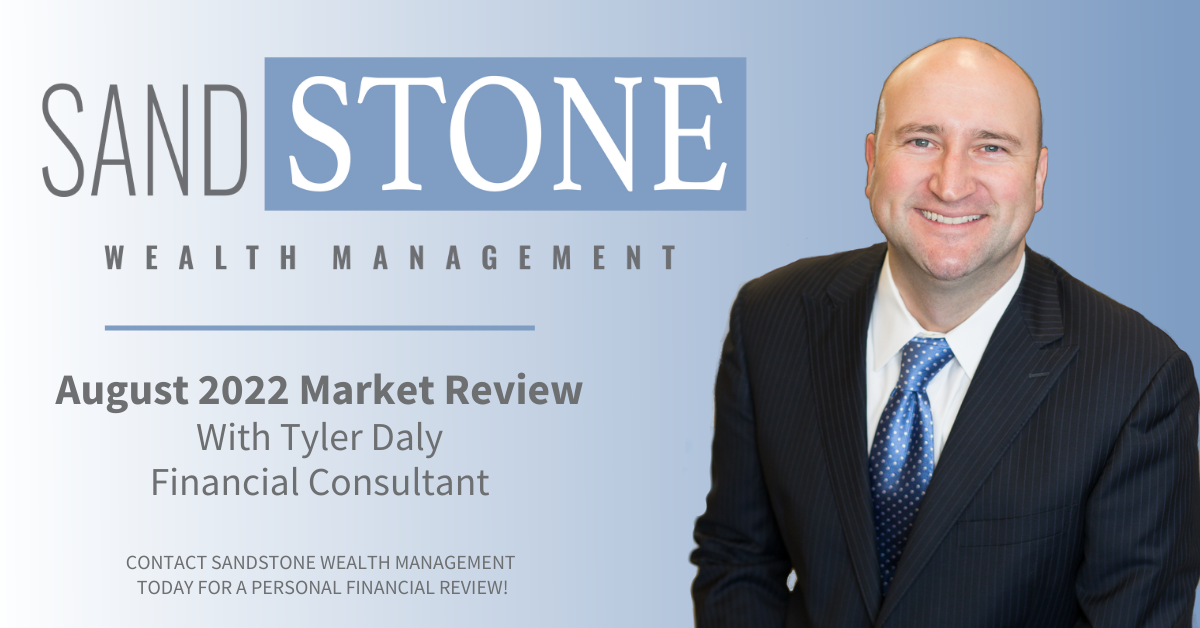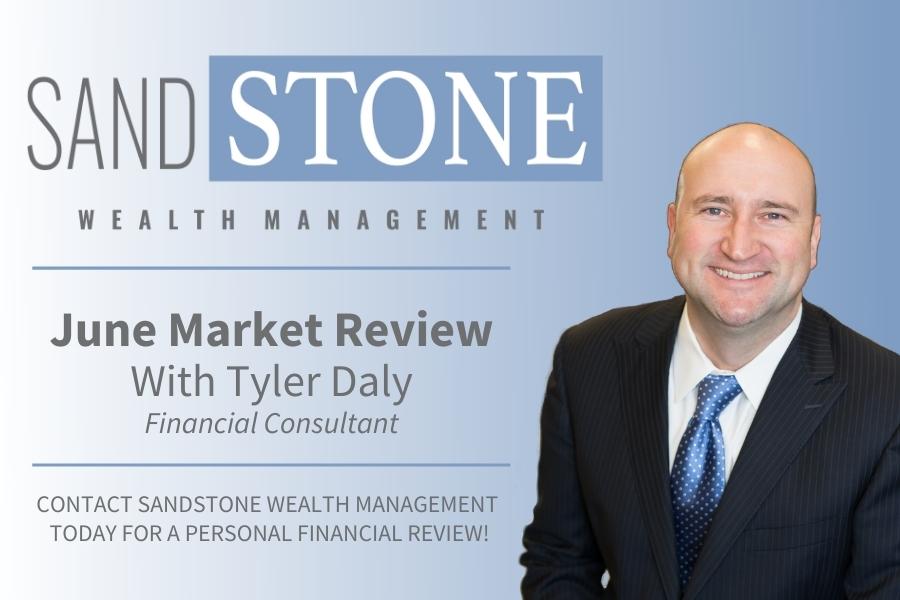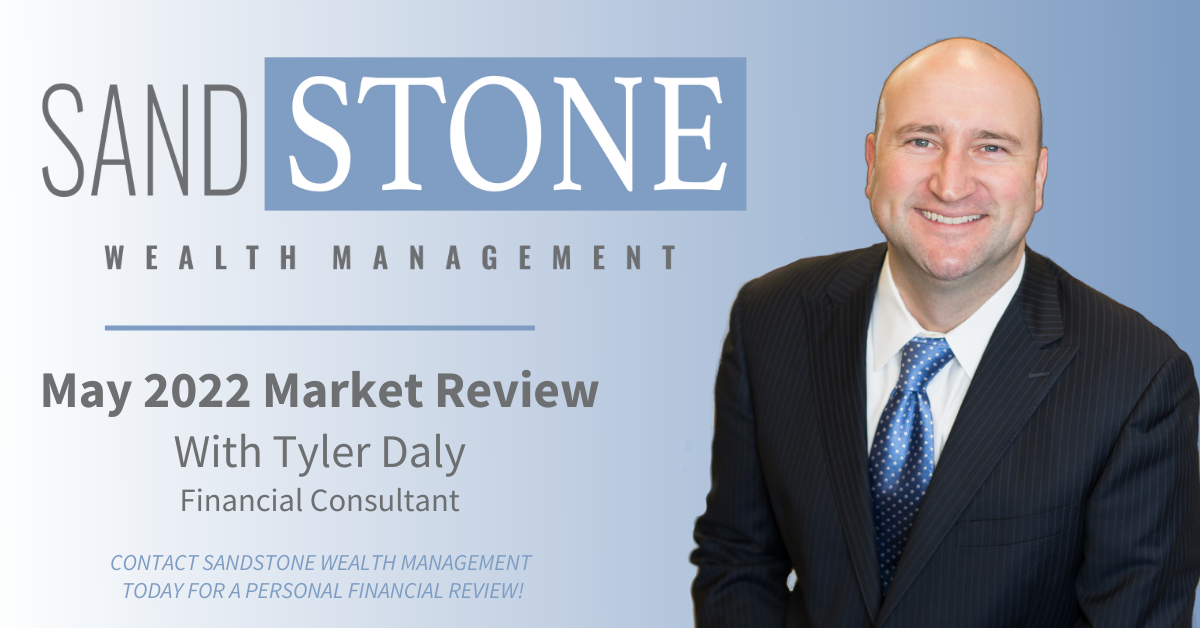
Volatility has obviously picked up in 2018, and the bouncing around has left the S&P 500 essentially flat year to date, according to Senior Research Associate Andrew Adams. Although the broad market S&P 500 has rallied off its earlier lows, we’re likely to see even more back-and-forth action in the near term as interest rates rise, though earnings could provide a boost. First quarter earnings are coming in strong, with the majority of S&P 500 companies reporting better-than-expected top-line and bottom-line growth, according to Joey Madere, senior portfolio analyst for Raymond James.
Economic data releases for the first quarter were generally softer than anticipated, but moderation in growth is not unusual following a strong quarter. Growth is widely expected to pick up for the second quarter and beyond, though the tight job market could become more of a constraint, according to Chief Economist Scott Brown. Inflation is expected to move toward the Federal Reserve’s 2% goal, but not much higher, allowing the central bank to tighten gradually over time, with the next rate hike expected at the June meeting.
The major indices, namely S&P 500 and the Dow Jones Industrial Average, eked out positive returns for April, although they slipped into the red year to date. The NASDAQ remains positive over both time periods.
| 12/29/17 Close | 4/30/18 Close | Change | Gain/Loss | |
|---|---|---|---|---|
| DJIA | 24,719.22 | 24,163.15 | -556.07 | -2.25% |
| NADSAQ | 6,903.39 | 7,066.27 | +162.88 | +2.36% |
| S&P 500 | 2,673.61 | 2,648.05 | -25.56 | -0.96% |
| MSCI EAFE | 2,050.79 | 2,042.83 | -7.96 | -0.39% |
| Russell 2000 | 1,535.51 | 1,541.88 | +6.37 | +0.41% |
| Bloomberg Barclays Aggregate Bond |
2,046.37 | 1,999.46 | -46.91 | -2.29% |
Performance reflects price returns as of 4:30 EDT on April 30, 2018. The EAFE and Barclays reflects the previous day's close.
Here is a look at what’s happening in the economy and capital markets, as well as key factors we are watching:
Economy
- Real gross domestic product (GDP) rose at a moderate 2.3% annual rate in the advance estimate for the first quarter, which proved disappointing relative to the strong expectations seen at the start of the quarter, according to Chief Economist Scott Brown.
- Consumer spending rose at a 1.1% annual rate over the same time period, but that followed a +4% pace in 4Q17.
- The trade fight continues with China and the threat of escalation remains high, according to Washington Policy Analyst and Managing Director of Equity Research Ed Mills. Mills remains focused on the next round of potential tariffs, actions by Treasury to restrict Chinese investment in U.S. technology, and congressional action that is upending the deal approval process for foreign investment in the United States. These will be headwinds for tech and mergers and acquisitions for the next several months, Mills tells us.
- Increased tariffs may have a small impact on the economy initially, added Brown, but they risk a wider trade war, invite retaliatory tariffs against U.S. exports, add to inflation for U.S. producers and consumers, disrupt supply chains, and increase global investment uncertainty. Most likely, trade policy negotiations will lead to minor tweaking of current agreements, but there is some risk of a more serious breakdown in global trade.
Equities
- Despite good earnings, the S&P 500 contracted at the beginning of the earnings season, possibly reacting to disappointing semiconductor reports that dragged on the technology sector as well as concerns that rising cost inflation would put pressure on industrials.
- The tech and industrial sectors are market leaders and are crucial to overall momentum. Additionally, the small-caps, mid-caps and S&P 500 equal weight index have continued to gain relative strength through the pullback, holding up better than the larger caps.
- All 11 sectors are expected to report year-over-year earnings growth, eight in the double digits. Energy leads the way on higher oil prices and easier comparisons vs. one year ago.
- U.S. allies, including the French president and German chancellor, have been lobbying President Trump to maintain the status quo regarding the nuclear agreement’s sanctions relief for Iran. One of the effects of a U.S. pullout would be to raise the risk premium in oil prices, but actual oil supply from Iran would probably not change, explains Energy Analyst Pavel Molchanov.
- Facebook CEO Mark Zuckerberg appeared before Congress to explain his company’s privacy settings and how user information is shared with others. Following the hearing, bipartisan legislation was introduced to allow consumers more control over what companies can do with their data. Barring another scandal, Mills doesn’t see a legislative threat to industry as likely in the near term, but does expect heightened headline risk.
International
- The slight lessening of global trade concerns boosted the performance of a number of European and Asian markets during April, according to European Strategist Chris Bailey.*
- Political sentiment in Europe continues to be mixed, as Italy struggles to form a new government; Brexit talks improve; and potential economic reform is on the way in France. Overall, Bailey sees upside potential for European investments.
- In China, economic reform initiatives have continued, and economic data has remained firm. Generally Asia and other emerging market areas remain on a valuation discount to the American markets and – unless the dollar breaks sharply upward or the world trade environment deteriorates markedly – will offer diversifying opportunities for investors.
Fixed Income
- The 10-year Treasury note finally reached the key resistance level of 3%, a level unseen since January 2014, when rates subsequently fell to 1.35%. Managing Director of Fixed Income James Camp* does not believe such a decline is likely in this case; however, he is mindful that global yields have changed very little while U.S. rates have moved higher.
- The U.S. bond market is expected to move in fits and starts over the next year – in Camp’s view – as the Federal Reserve raises rates, inflation moves marginally higher and the effects of fiscal stimulus move through the economy.
- The curve is still remarkably flat, and raising short rates poses risks of inverting the curve: an historical precursor to recession.
- For income investors, the bond market may become more attractive than income-producing equities, Camp notes. The 10-year out-yields the S&P by 100 basis points. Additional Fed moves in 2018 could accelerate a correction in stocks.
Bottom Line
- The odds favor an eventual upside breakout from the current trading range, according to Senior Research Associate Andrew Adams. Given the economic and earnings backdrop, pullbacks should be viewed opportunistically.
- Investors should continue to make decisions based on their long-term goals. A well-diversified portfolio is designed to allow you to participate in upside potential as well as serve as ballast for any short-term volatility that may arise.
Please let me know if you have any questions about current market events or how to position your long-term financial plan for the months ahead. I look forward to speaking with you.
Sincerely,
Tyler Daly
Financial Advisor
Raymond James Financial Services, Inc.
*Investing involves risk, and investors may incur a profit or a loss. Past performance is not an indication of future results and there is no assurance that any of the forecasts mentioned will occur. Investors cannot invest directly in an index. The Dow Jones Industrial Average is an unmanaged index of 30 widely held stocks. The NASDAQ Composite Index is an unmanaged index of all common stocks listed on the NASDAQ National Stock Market. The S&P 500 is an unmanaged index of 500 widely held stocks. The MSCI EAFE (Europe, Australia, Far East) index is an unmanaged index that is generally considered representative of the international stock market. International investing involves additional risks such as currency fluctuations, differing financial accounting standards, and possible political and economic instability. These risks are greater in emerging markets. The performance noted does not include fees or charges, which would reduce an investor's returns.
©2018 Raymond James Financial Services, Inc., member FINRA/SIPC. Securities offered through Raymond James Financial Services, Inc., member FINRA/SIPC, and are not insured by any financial institution insurance, the FDIC/NCUA or any other government agency, are not deposits or obligations of the financial institution, are not guaranteed by the financial institution, and are subject to risks, including the possible loss of principal. Raymond James is not affiliated with the financial institution or the investment center.

Tyler has been in the financial services industry since 2004 and with Sandstone Wealth Management and Heartland Bank since 2009. He is Series 7, 66 and Insurance licensed to assist his clients with all their investing, financial planning, and insurance needs. Tyler was recently named to the Forbes List of America's Top Next-Generation Wealth Advisor, which recognizes advisors from national, regional, and independent firms. Tyler graduated from the University of Nebraska-Lincoln with a Bachelor’s Degree in Diversified Agriculture and was born and raised in the Nebraska Sandhills. This gives him an intimate knowledge and understanding of his farming and ranching clients. Tyler is married to Rachel, who earned her Doctorate of Pharmacy from the University of Nebraska. They have two children, Camilla and Cooper. Away from business, he enjoys officiating high school basketball in the winter as well as golfing and team roping in the summer.



.png)

.jpg)

.jpg)

.png)



